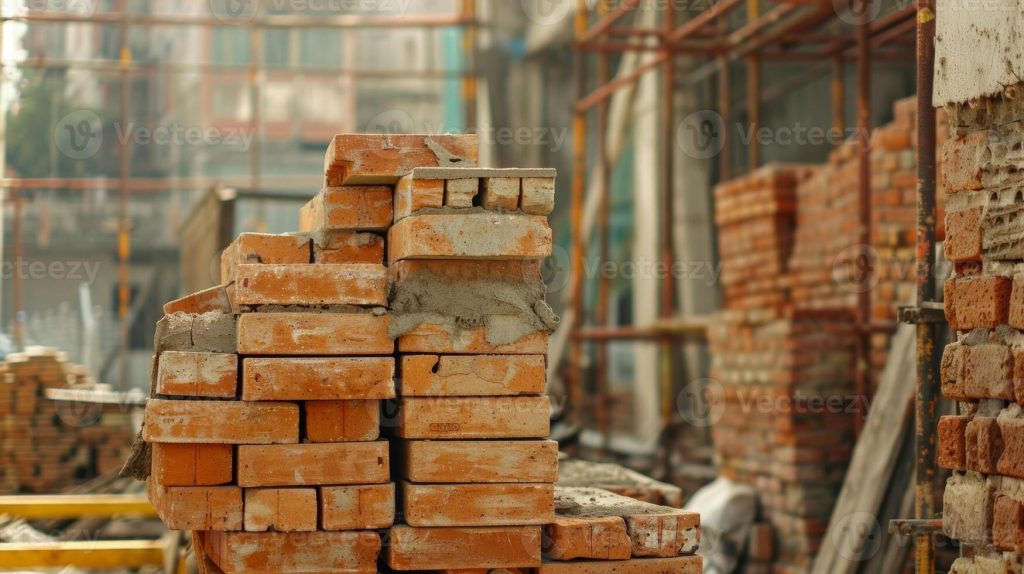The ability to resist fire is a crucial feature of construction materials which reduces the chance of damage and helps prevent collapse of the structure. Additionally, it can in saving lives, enhance evacuation plans and increase community resilience by allowing buildings to reopen faster.
Concrete, for example, is a non-flammable material. It can take longer for the fire to consume concrete. It is due to the fact that concrete has less combustibility and serves as an insulator.

Particulars
There are various kinds of fire-resistant materials. Each possessing its own benefits as well as disadvantages. The non-combustible properties of the drywall (also known as Gypsum Board) makes it a very well-liked product. Also, it blocks heat transfer through walls. Additives can be added to the board to enhance its flame-resistance.
Concrete is a sturdy and long-lasting material able to withstand extreme temperatures and not lose its toughness. Its resistance to fire events increases the security of buildings for both firefighters as well as occupants. It also reduces damage, which can reduce the time and cost to restore structures.
It’s not got a great image as a fire-resistant material, but you can improve its durability by adding a chemical that is fire resistant on the exterior of the structure. Bricks, however, on one hand, are highly resilient to fire and can be used to build both indoor and outdoor walls. Their incredible fire resistance capability is due to the method by which they’re made: by being heated under extreme conditions in specially designed ceramic kilns.
Examples
The varieties of fire-resistant building xi mang materials that are readily available to builders include wood treated with fire retardant chemicals as well as intumescent paint which ignites at an extent when exposed to heat. This then reduces sparks. The most popular option is concrete as it’s very relatively low in thermal conductivity. That means it will not be affected by fire capability of carrying loads with this product for an extended period of time.
The brick is a great choice for construction because it’s non-combustible. Brick can be heavy as well as expensive when compared with other building materials.
Glass is also thought of as an anti-fire material since it is able to withstand extreme temperatures, without shattering or cracking, which can prevent spreading fire within a building. There are modifications that can be added to windows in order to improve their resistance to fire for instance, dual-pane windows as well as steel framing.
Important
Materials that are fire-proof reduce the risk of the risk of structural damage, reduce collapse, and give occupants greater time to leave a building. They also provide greater safety to firefighters, and help maintain the integrity of a building and limit the risk of spreading flames to nearby buildings and communities.
Even though natural woods are vulnerable to fire, you can enhance the resistance to fire in the materials used in your home construction by using specialized chemicals. Chemical treatments alter the surface of timber so that it is less likely to burn and also slow down the speed that it spreads.
Since it is non-combustible and has high thermal conductivity, concrete is extremely resistant to fire. It takes quite a while for fire to affect concrete’s load-bearing capabilities and it helps to contain fire within structures.
Numerous framing solutions are in use to construct homes with a high level of fire resistance such as balloon and platform frames to concrete and steel. Windows are able to be fitted with fire retardant glass and brick or stucco walls can be a fantastic option for exterior cladding.
Building fire protection
By preventing flames from spreading The fire-resistant material protects the buildings as well as their residents. These materials can protect windows against breaking and act as a barrier to separate buildings. The materials also help to prevent heating and cooling of surfaces. This can lessen the severity of fire.
Concrete is durable and noncombustible building material that can last for long time periods at high temperatures without degrading its load bearing ability or structural integrity. It is able to be coated with fire-repellant chemicals to enhance its fire resistance rating.
Stucco is a mix composed of Portland cement, sand and lime, is a different material that can withstand fire. It requires a lengthy time to ignite when it is used for building construction. This makes it easier for firefighters to evacuate residents in high-rise building. Treated cellulose insulation, that sprays on walls to control sound as well as temperature, may be safe from fire when it is infused with borate fireproofing additives. Fire-retardant paints can also be employed to create combustible decoration and fabrics more resistant to flames and ignition.

